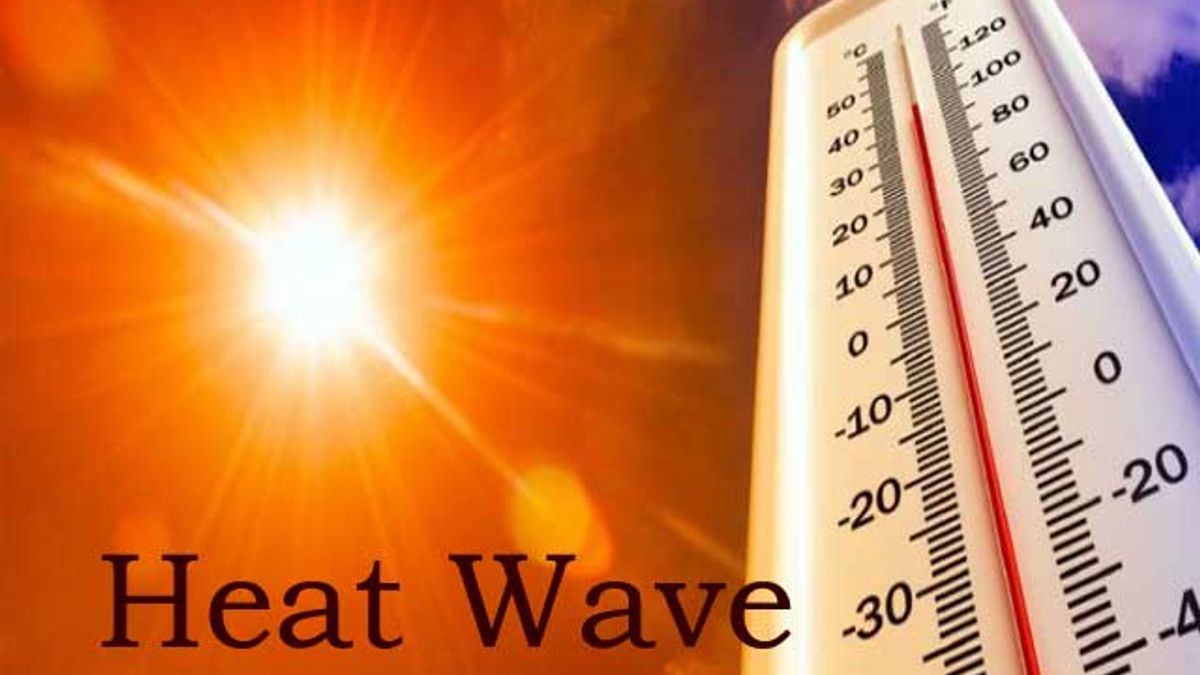The Primary Causes of Summer Heatwaves

Summer heatwaves are typically caused by a combination of meteorological factors that lead to prolonged periods of excessively hot weather. The primary causes of summer heatwaves include:
High-pressure systems: Heatwaves often occur when a strong, stationary high-pressure system settles over a region for an extended period. High-pressure systems lead to sinking air, which suppresses cloud formation and inhibits the movement of cooler air masses into the area.
Clear skies and intense sunlight: During heatwaves, clear skies allow for maximum solar radiation to reach the Earth's surface. With little cloud cover to reflect sunlight back into space, the ground absorbs heat, leading to further warming of the air.
Subsidence inversion: High-pressure systems can create a subsidence inversion, where warm air aloft acts as a lid, trapping heat near the surface. This prevents vertical mixing of the atmosphere and exacerbates the warming effect.
Adiabatic heating: As air descends within a high-pressure system, it undergoes adiabatic compression, which causes it to heat up. This process further contributes to the warming of the air near the surface.
Drought conditions: Dry soil and vegetation can exacerbate heatwaves by reducing evaporative cooling. Without moisture to evaporate from the ground, less energy is absorbed, and more heat is retained in the atmosphere.
Urban heat island effect: Urban areas tend to be warmer than surrounding rural areas due to the absorption and retention of heat by buildings, roads, and other infrastructure. This can amplify the intensity of heatwaves in cities, leading to higher temperatures and increased discomfort.
Climate change: While individual heatwaves cannot be directly attributed to climate change, global warming has been linked to an increase in the frequency, duration, and intensity of heatwaves. Warmer average temperatures create a higher baseline, making extreme heat events more likely to occur.
Persistent weather patterns: Certain weather patterns, such as blocking patterns or stagnant weather fronts, can lead to prolonged periods of hot weather. These patterns can prevent the normal movement of weather systems, allowing heat to build up and persist over an area for an extended period.
Overall, summer heatwaves are the result of a complex interplay of atmospheric and environmental factors that conspire to create prolonged periods of extremely hot weather, often with significant impacts on human health, infrastructure, and ecosystems.
Thank you,